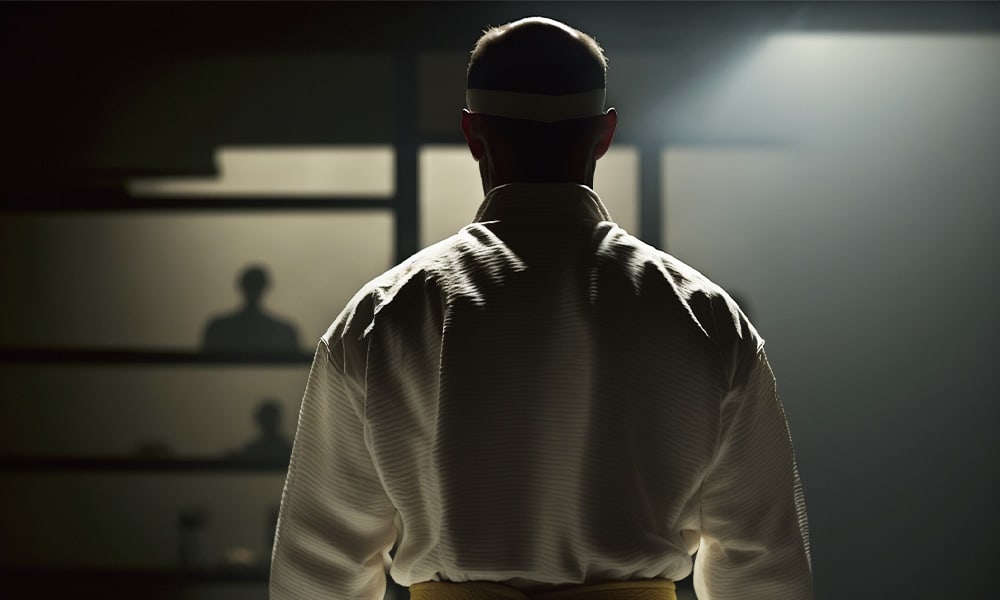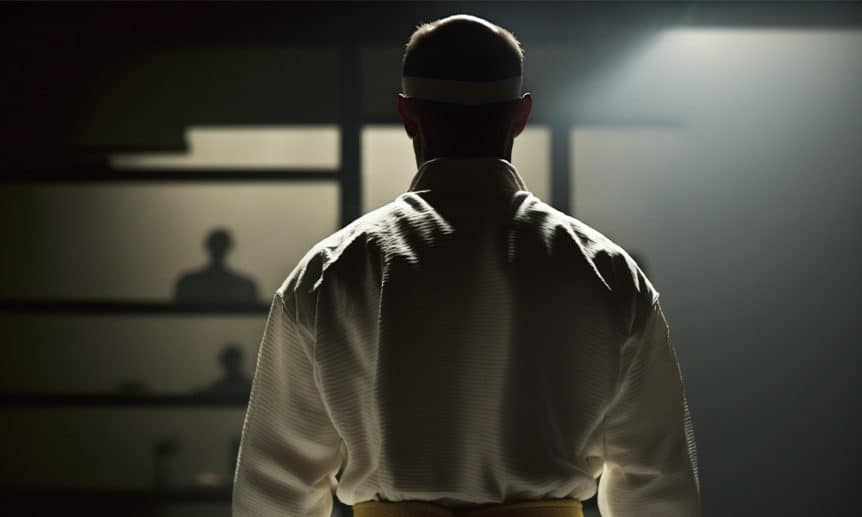
Martial arts like Taekwondo and mindfulness share common ground. They both build focus, discipline, and a solid link between mind and body. In Taekwondo, you practice sharp kicks, blocks, and forms that demand full attention. Mindfulness adds to this by training you to stay present and handle thoughts calmly.
This post looks at how these two practices connect, with a focus on Taekwondo. You’ll see how combining them supports growth in training and daily life. Many Taekwondo schools now include mindfulness to help students gain better control and calm.
Roots in Tradition
Taekwondo comes from Korea and draws from old philosophies that value mental strength as much as physical power. Early forms of the art included breathing methods and quiet reflection, much like meditation. These elements help practitioners find balance and clear thinking during intense sessions.
In broader martial arts history, mindfulness shows up in practices like Zen meditation tied to Japanese styles. Taekwondo’s tenets—courtesy, integrity, perseverance, self-control, and indomitable spirit—mirror mindfulness goals. They push you to act with intention and stay composed under pressure.
Students often start class with a moment of silence or deep breaths. This sets the tone for mindful movement. Over time, these habits build a foundation that goes beyond the dojang.
Focus and Concentration
You need sharp focus in Taekwondo to land a precise side kick or react in sparring. Training teaches you to tune out distractions and zero in on the task. Mindfulness strengthens this by guiding you to notice your breath or body sensations without drifting off.
During poomsae, the set patterns of moves, you move with purpose. Each step becomes a chance to practice presence. If your mind wanders, the form suffers. Regular mindfulness, like short breathing exercises before class, sharpens this skill. You react faster and make smarter choices in kumite.
Practitioners report better performance when they combine the two. A simple drill: Breathe in for four counts, hold, then out for four before a kick. This calms nerves and boosts accuracy.
Self-Awareness and Control
Taekwondo demands you know your limits and manage reactions. In a match, anger can lead to mistakes, so you learn to spot emotions early and shift them. Mindfulness helps here by letting you observe feelings without acting on them right away.
Think about breaking boards. It’s not just power; it’s mental prep. You visualize success and stay steady. Mindfulness tools, like scanning your body for tension, reveal where you hold stress. Release it, and your strikes improve.
In daily life, this translates to handling frustration at work or home. Taekwondo students who add mindfulness often feel more balanced. They respond instead of react, building stronger relationships and confidence.
Building Resilience
Taekwondo tests your limits with tough drills and setbacks, like failing a belt test. You push through, developing a mindset that sees challenges as steps forward. Mindfulness supports this by encouraging acceptance of discomfort without giving up.
After a hard session, sit quietly and reflect on what went well and what didn’t. This builds mental toughness. Over time, you handle pressure better, whether in competition or tough times outside the art.
Research shows martial artists with mindfulness habits recover faster from stress. They maintain a positive outlook and keep training consistently.
Stress Reduction and Inner Calm
One big plus of mixing mindfulness with Taekwondo is cutting stress. The physical workout releases endorphins, while mindful breathing lowers cortisol. Students often leave class feeling refreshed and clear-headed.
In Taekwondo, forms act as moving meditation. You flow through sequences, syncing breath with motion. This quiets racing thoughts and promotes peace. Add seated meditation at the end of class for deeper effects.
For kids in Taekwondo, this combo teaches discipline early. They learn to focus in school and manage emotions better. Adults benefit too, especially with busy lives. A quick mindfulness break during warm-ups resets the day. Over months, you notice less anxiety and more energy.
Physical and Mental Health Gains
Taekwondo builds strength, flexibility, and coordination. Mindfulness adds by improving body awareness, reducing injury risk. You catch imbalances early and adjust.
Studies link mindful martial arts to better sleep, lower blood pressure, and stronger immune systems. The mind-body tie means mental calm supports physical health.
Here’s a table summarizing key benefits:
| Aspect | Taekwondo Alone | With Mindfulness |
|---|---|---|
| Focus | High during drills | Sustained in and out of class |
| Stress | Reduced via exercise | Deeper calm through breath work |
| Resilience | Built from challenges | Enhanced by acceptance |
| Performance | Technique-based | Improved reaction and flow |
| Daily Life | Discipline carries over | Better emotional control |
This shows how adding mindfulness amplifies Taekwondo’s effects.
How to Add Mindfulness to Your Taekwondo Practice
Start simple. Begin each session with three deep breaths, eyes closed. Feel your feet on the mat. During forms, link breath to moves: Inhale on prep, exhale on strike. This creates rhythm.
After training, spend two minutes noting thoughts without judgment. What felt strong? What needs work? Try guided sessions online tailored to martial arts. Many focus on visualization for better sparring.
In class, instructors can lead short meditations. This fits Taekwondo’s spirit of holistic growth. For advanced students, explore deeper practices like seated meditation in crane stance, as done in some schools.
Examples from Practitioners
Many Taekwondo athletes use mindfulness. One competitor credits breath control for winning matches under pressure. Another says it helped recover from injury by staying patient.
Online forums share stories: A parent notes their child’s improved focus in school after mindful Taekwondo classes. Even pros incorporate it. They meditate before tournaments to stay sharp.
Wrapping Up
Taekwondo and mindfulness fit together naturally. They strengthen focus, awareness, resilience, and more. By weaving mindfulness into your routine, you gain tools for the dojang and beyond.
If you practice Taekwondo, try adding a few mindful moments next class. It might change how you train and live. New to the art? Classes often include these elements from the start. Keep training with intention. The results show in stronger kicks and a steadier mind.

